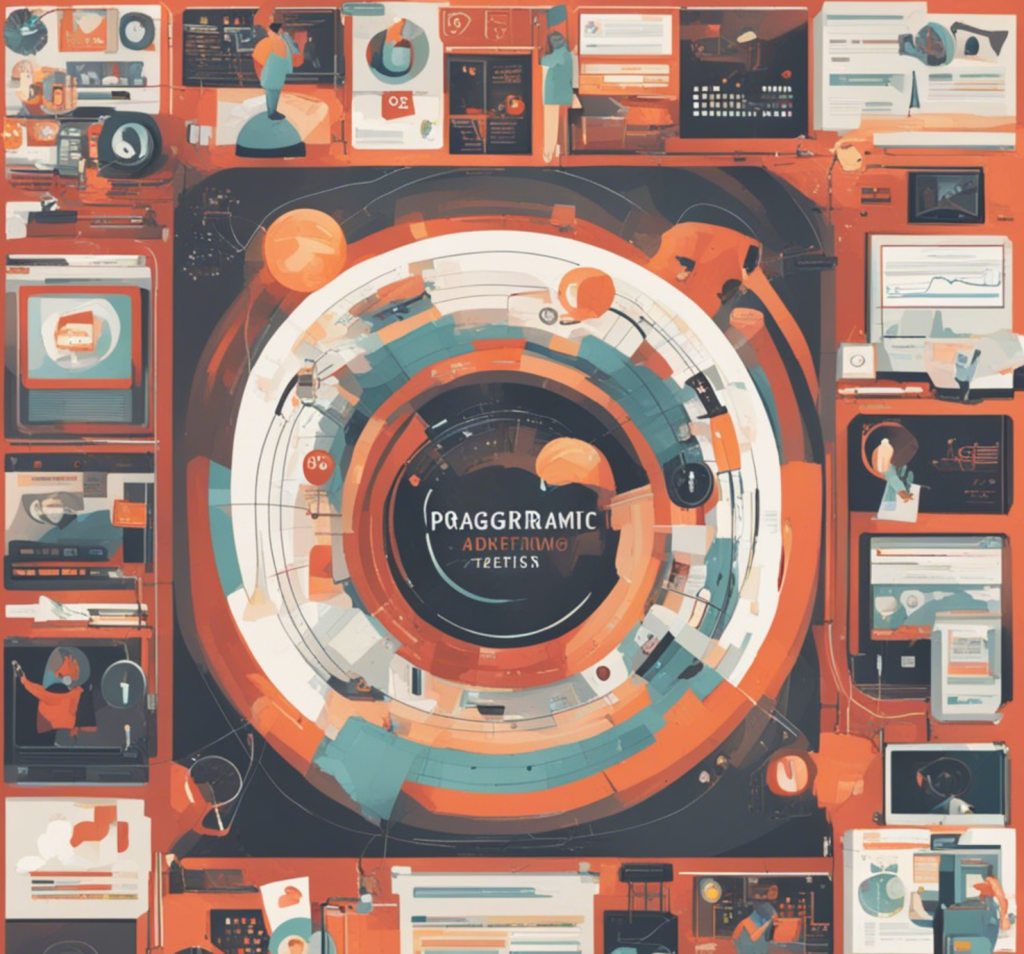
Programmatic advertising, powered by automated technology and algorithmic tools, is revolutionizing the way online ad buying is done. But what exactly is it? Let’s dive in.
Definition: Programmatic advertising refers to the automated process of buying and selling ad space online. It signifies a shift from traditional methods, emphasizing the automated nature of the transactional process in the advertising space.
Why is Programmatic Advertising Important?
- From Fragmentation to Consolidation: Traditionally, to achieve a broad audience reach, advertisers had to work with multiple self-service platforms. This approach was fragmented and often led to inefficiencies. With the advent of Real-Time Bidding (RTB), this landscape transformed. RTB consolidated the ad buying process, allowing advertisers to reach vast audiences through a single platform. Instead of juggling multiple platforms, advertisers could now bid for ad space in real-time across numerous platforms and sites, ensuring optimal reach and efficiency.
- Efficiency: Before programmatic advertising, the manual nature of buying and selling digital ads made the process both costly and inconsistent. Automated technology has streamlined this, reducing costs and human error.
- Precision: Algorithmic tools and real-time data enable programmatic platforms to target ads with unparalleled accuracy. This ensures ads reach the right audience at the right time, maximizing ROI.
- Real-time Flexibility: The dynamic nature of RTB allows advertisers to adjust their campaigns in real-time based on performance, ensuring optimal results.
Is it Just About Real-Time Bidding (RTB)?
While RTB is a cornerstone of programmatic advertising, it’s not the sole component. RTB refers to real-time auctions where ads are bought and sold within milliseconds. However, programmatic advertising also encompasses methods like “programmatic direct,” where advertisers secure ad impressions in advance from specific publishers.
The Role of DSPs and SSPs:
Demand-Side Platforms (DSP) and Supply-Side Platforms (SSP) are pivotal in the programmatic ecosystem. DSPs enable advertisers to buy ad impressions across a myriad of publisher sites, targeting specific audiences. Conversely, SSPs allow publishers to manage their ad impression inventory, optimizing revenue.
Benefits of Programmatic Advertising:
- Scale: Through programmatic platforms, advertisers can tap into a vast ad space across multiple platforms, ensuring a comprehensive audience reach.
- Transparency: Real-time data and reporting offer insights into ad performance, facilitating swift optimization.
- Relevance: Advanced targeting ensures ads resonate with the audience, fostering engagement and conversion.
The Future of Programmatic Advertising:
The escalating programmatic ad spend underscores its burgeoning significance in advertising. While it’s currently dominant in online ads, there’s burgeoning interest in harnessing programmatic buying for traditional media, including TV and out-of-home ads.
In conclusion, programmatic advertising, with its emphasis on automation and precision, isn’t merely the future—it’s the present. As technology evolves and advertisers and publishers pursue efficient audience engagement methods, programmatic advertising will indubitably be central in digital marketing.
